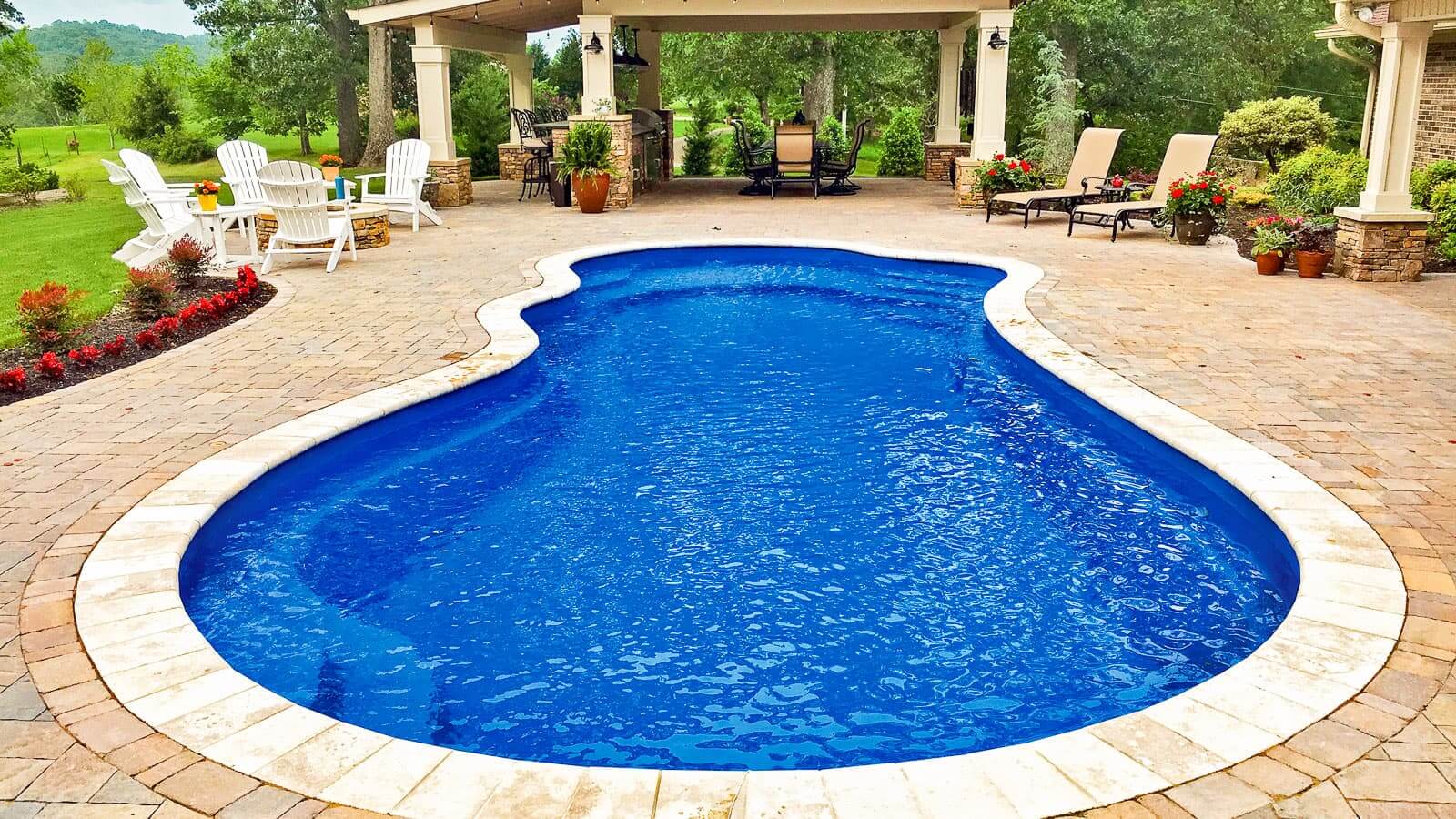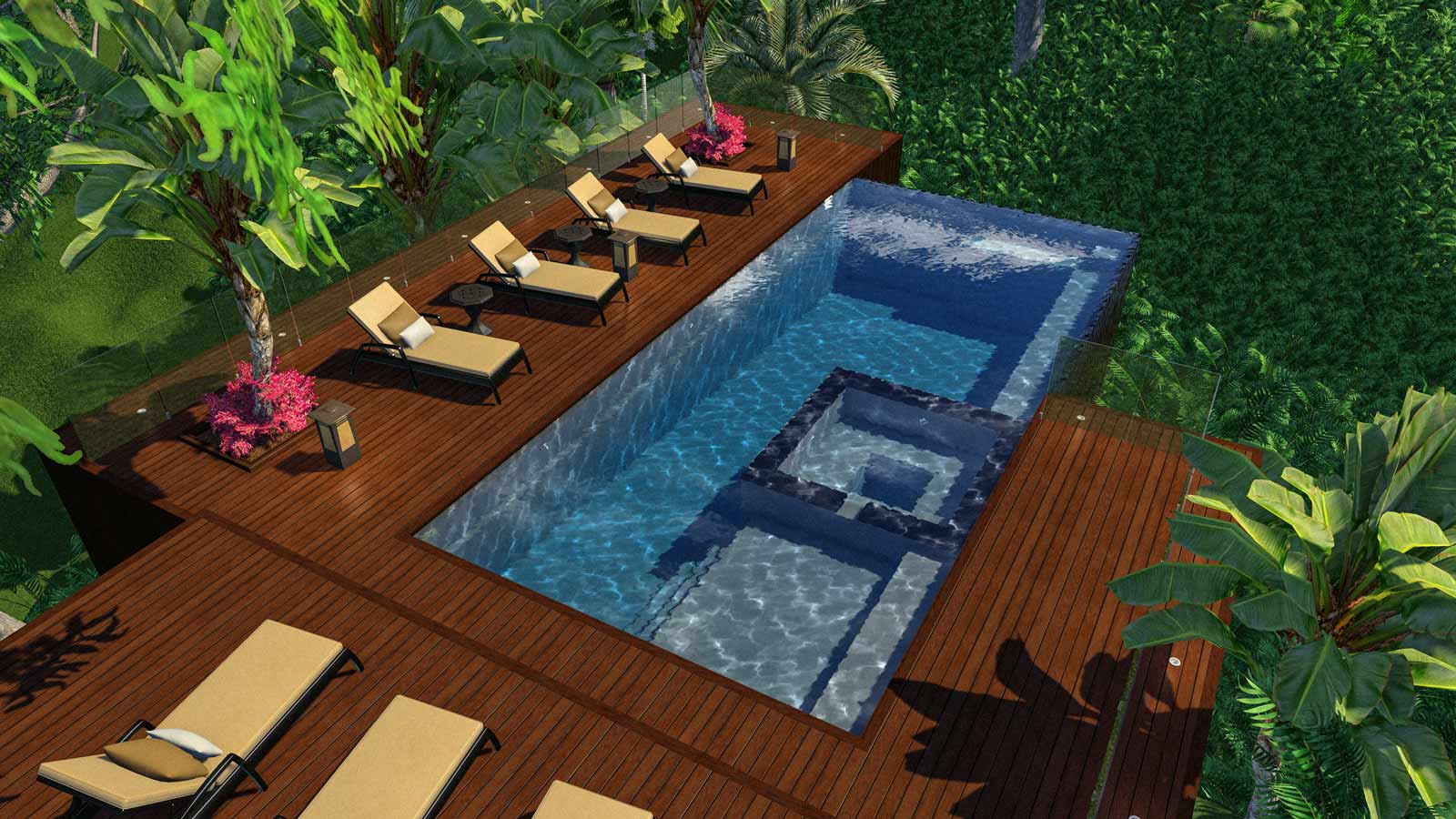
The Power Dilemma: Exploring the Pros and Cons of 110V
When purchasing a hot tub, one of the crucial decisions you’ll need to make is opting for a 110V or 220V power supply. This choice can significantly impact your hot tub experience, as it determines your spa’s efficiency, performance, and overall functionality. In this article, we’ll delve into the advantages and disadvantages of both options, helping you make an informed decision that aligns with your needs and preferences.
110V: Accessibility and Ease of Installation
- Convenience and Accessibility: One of the primary advantages of a 110V hot tub is its accessibility. Most standard household outlets in the United States are 110V, so you won’t need to install additional electrical infrastructure to power your spa. This convenience is particularly beneficial for those with limited electrical knowledge or who live in rental properties where making significant modifications may not be feasible. With a 110V hot tub, you need a nearby electrical outlet, and you’re good to go.
- Cost-Effective Setup: Another compelling reason to choose a 110V hot tub is the cost-effectiveness of the setup. Since you won’t require any specialized wiring or professional installation, the overall setup costs are significantly reduced. Additionally, the absence of extensive electrical work makes it easier to relocate your hot tub in the future, should you decide to change its position in your backyard. This flexibility and affordability make 110V an attractive option for those on a budget or who prefer a hassle-free installation process.
- Lower Energy Consumption: While 110V hot tubs have lower power capabilities than their 220V counterparts, they make up for it by consuming less energy. If you’re concerned about your environmental impact or want to keep your energy bills in check, a 110V hot tub can be a great choice. The reduced power draw ensures that your spa operates efficiently without putting excessive strain on your household’s electrical system.

220V: Power and Performance Unleashed
- Quicker Heating and Performance: One of the key advantages of a 220V hot tub is its ability to deliver superior heating capabilities and performance. The higher voltage allows the heater to operate more powerfully, resulting in faster heating times and better heat retention. Most 220V hot tubs will heat approximately four degrees an hour, and 110V units will only be able to heat one degree an hour. In addition to the quick heating time, 220V units can run the heater when the jets are on Most 110V hot tubs can typically only use the heater when the jet pump is low. This means you can enjoy your hot tub at optimal temperature, even during colder months. The increased power supply also enables features like high-performance jets, advanced filtration systems, and other energy-intensive functions, enhancing your overall hot tub experience.
- Enhanced Versatility and Customization: A 220V hot tub opens possibilities for customization and additional features. The increased power supply can support a broader range of spa accessories, such as more powerful water pumps or mood-enhancing lighting systems. If you envision a fully immersive and personalized hot tub experience with many features, a 220V option can bring your dreams to life.
- Long-Term Cost Efficiency: While the initial setup cost for a 220V hot tub may be higher due to electrical installation requirements, it can lead to long-term cost efficiency. Higher-voltage hot tubs generally heat the water more efficiently, requiring less energy to maintain the desired temperature. Over time, the energy savings can offset the initial investment, making a 220V hot tub a financially sound decision for those who plan to use their spa regularly.
Making the Right Choice for You
Choosing between 110V and 220V for your hot tub ultimately depends on your needs, circumstances, and budget. Here are a few key factors to consider when making your decision:
- Power Requirements: Assess the power requirements of your hot tub model. Some smaller or plug-and-play hot tubs are designed to operate efficiently on 110V power, while larger and more feature-rich spas may require the additional power of a 220V supply. Consult the manufacturer’s specifications to ensure you select the appropriate power option for your chosen hot tub.
- Electrical Infrastructure: Evaluate the electrical infrastructure of your home. If you have an existing 220V outlet or can install one, opting for a 220V hot tub may be a viable choice. On the other hand, if your electrical system is limited to 110V outlets and upgrading is not a feasible option, a 110V hot tub provides an accessible and convenient solution.
- Hot Tub Usage and Expectations: Consider how you plan to use your hot tub. If you primarily seek relaxation and gentle hydrotherapy, a 110V hot tub can offer adequate performance while being more cost-effective and energy-efficient. However, if you desire powerful jets, customizable features, and faster heating times, a 220V hot tub provides the necessary power and performance to meet your expectations.
Ultimately, the decision between a 110V and 220V hot tub comes down to your priorities, budget, and existing electrical infrastructure. Assess your needs, consult with professionals if necessary, and choose the option that best aligns with your preferences and circumstances.
Whether you opt for the convenience and affordability of a 110V hot tub or the power and performance of a 220V model, owning a hot tub can elevate your relaxation and rejuvenation experiences right in the comfort of your backyard. Selecting the right power supply ensures that your hot tub operates optimally and fulfills your desires for years.
Are you ready to transform your backyard into a haven of relaxation and hydrotherapy? Choosing between a 110V and 220V hot tub is crucial to ensure your spa meets your expectations and aligns with your lifestyle. Now that you know the advantages and disadvantages of both options, it’s time to take the next step.
Visit Combined Pool and Spa today to explore our wide range of hot tubs and speak with our knowledgeable team. Whether you’re seeking the convenience and accessibility of a 110V hot tub or the power and performance of a 220V model, we have the perfect option to suit your needs and budget.
Our experts will guide you through the selection process, considering your electrical infrastructure, hot tub usage expectations, and desired features. With our help, you can make an informed decision and embark on a journey to create the ultimate oasis in your backyard.
Don’t wait any longer to experience a hot tub’s joy and relaxation.

Take the Next Step Towards Your Dream Hot Tub Experience!
Are you ready to transform your backyard into a haven of relaxation and hydrotherapy? Choosing between a 110V and 220V hot tub is crucial to ensure your spa meets your expectations and aligns with your lifestyle. Now that you know the advantages and disadvantages of both options, it’s time to take the next step.
Visit Combined Pool and Spa today to explore our wide range of hot tubs and speak with our knowledgeable team. Whether you’re seeking the convenience and accessibility of a 110V hot tub or the power and performance of a 220V model, we have the perfect option to suit your needs and budget.
Our experts will guide you through the selection process, considering your electrical infrastructure, hot tub usage expectations, and desired features. With our help, you can make an informed decision and embark on a journey to create the ultimate oasis in your backyard.
Don’t wait any longer to experience a hot tub’s joy and relaxation. Contact us today, and let’s make your dream hot tub a reality! Need more information? Download the hot tub buyers guide now.
or get more information here?
The post Choosing Between 110V and 220V for Your Hot Tub: Making the Right Decision appeared first on Hot Tubs Sioux Falls, Brookings, Mitchell, Swim Spas, Saunas, Pools, SD.

 605-334-6659
605-334-6659





 The Perfect Guide to Setting Up Pool Table Sites | Combined Pool and Spa
The Perfect Guide to Setting Up Pool Table Sites | Combined Pool and Spa















